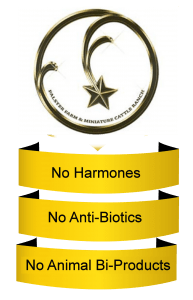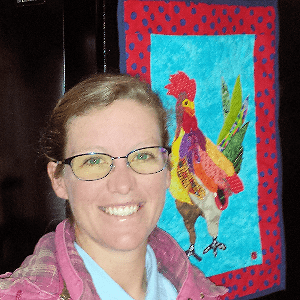
“Raising Food Fit To Eat and Teaching Others How To Do The Same.”
Grass-Fed vs Grass-Finished
Last week we discussed what a grass-fed animal should look like in the field. This week I would like to share some thoughts with you on the difference between grass-fed and grass-finished. I know that it sounds like they should be the same so please bear with me!
Most animals, even the ones in the confinement facilities start their life on the grass. They are usually born in the field or a barn depending on the time of year and spend the first six to eight months beside their mother. Then they are weaned and for the next couple months until they are a year old they eat grass/hay with usually some supplemental feed thrown in. Of course every farmer has his own system for his own operation, but the above scenario is fairly typical. At this point, the beeves are either sent to a confinement facility or they are kept/sold for raising on a grass-based operation.
A grass-fed animal can still be grain finished, meaning the fat that marbles the meat and the layer of fat on the outside is put there by corn and soy-based products. But it is still marketed as grass-fed, because it has been fed grass for a significant part of its life.
Whereas grass-finished means that the layer of fat and the marbling was put on that animal by grass alone. This is a far more complicated process, and requires not only good grass genetics but the trained eye of a good grazier. It

Elizabeth Lanning
Farmer Intern
requires lots of sugar in the grass and forage that the animal is eating, because just like for us it is the carbohydrates that really put the weight on.
So then a steer can be “grass-fed” but if it isn’t finished on grass as well then you are still likely to be getting some carcinogenic compounds in your “grass-fed” meat! Also as almost all corn products are GMO, then it is highly probable that you are getting GMO-tainted meat as well.
Again, every operation is slightly different, and almost all beeves are grass-fed at some time in their life. That is why it is important to know your farmer, and what the practices are that they apply on their farm. This is one reason that we encourage people to come out and get to know us, so they know what they are buying.
Next week, let’s look at the difference between grass-fed and grain-fed (from a confinement facility) and see which one is healthier for you. I think you will be surprised at the differences.

Grass-Fed vs Grass-Finished
Come See Us
Located mid way between Dallas and Shreveport, some 46 miles North of Tyler, Texas.
Navigate your Google map to: “Falster Farm near Winnsboro, Texas”
903-629-3034








